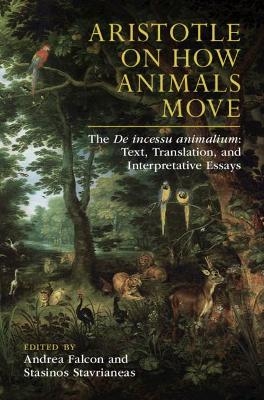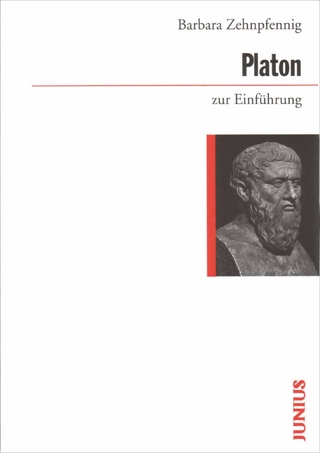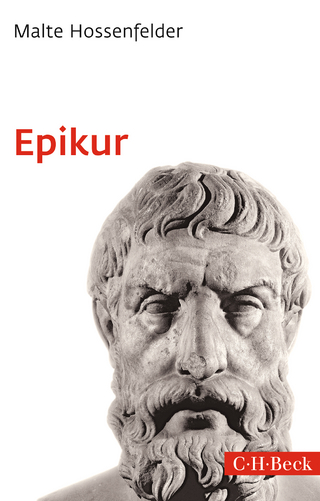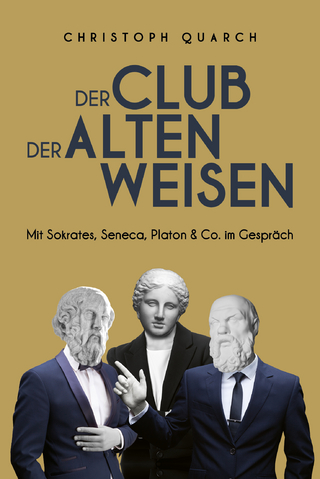
Aristotle on How Animals Move
Cambridge University Press (Verlag)
978-1-108-49133-4 (ISBN)
The De incessu animalium forms an integral part of Aristotle's biological corpus but is one of the least studied Aristotelian works both by ancient and modern interpreters. Yet it is a treatise where we can see, with some clarity and detail, Aristotle's methodology at work. This volume contains a new critical edition of the Greek text, an English translation, and nine in-depth interpretative essays. A general introduction that focuses on the explanatory strategies adopted by Aristotle in the De incessu animalium plus a historical essay on the reception of this work in antiquity and beyond open the volume. No other work of this kind has been published in any modern language.
ANDREA FALCON is an Associate Professor in the Philosophy Departments at Concordia University, Montréal, and Università degli Studi di Milano Statale. He is the author of several books on Aristotle and the Aristotelian tradition, including Aristotle and the Science of Nature: Unity without Uniformity (Cambridge, 2005), Aristotelianism in the First Century BC: Xenarchus of Seleucia (Cambridge, 2011) and, coedited with David Lefebvre, Aristotle's Generation of Animals: A Critical Guide (Cambridge, 2017). STASINOS STAVRIANEAS is an Assistant Professor in the Department of Philosophy at the University of Patras. He specializes in Aristotle's natural philosophy, biology and metaphysics and is the author of a Modern Greek translation and commentary of Aristotle's Parts of Animals (2019) and is currently preparing a similar edition of Aristotle's Generation of Animals.
Part I. Introduction: 1. Explanatory Strategies in the De incessu animalium Andrea Falcon; 2. The Reception of the De incessu animalium Andrea Falcon; Part II. Greek Text and Translation: Part III. Interpretative Essays: 3. De incessu animalium 1–3: The Theoretical Framework and the Beginning of the Actual Investigation Andrea Falcon; 4. De incessu animalium 4: Aristotle's Conception of Dimension Panos Dimas; 5. De incessu animalium 5–6: The Architecture of Locomotive Bodies Klaus Corcilius; 6. De incessu animalium 7–8: Number and Distribution of Feet in Animal Progression Stasinos Stavrianeas; 7. De incessu animalium 9: Aristotle's Mathematical Kinesiology: The Case of Bending Christopher Frey; 8. De incessu animalium 10–11: Flight and Two-Footedness Timothy Clarke; 9. De incessu animalium 12–13: Limb-Bending and Natural Teleology Spyridon Rangos; 10. De incessu animalium 14–15: Teleology Across Kinds Sarah Ruth Jansen; 11. De incessu animalium 16–19: The Motion of Many-Footed Animals and Cases of Peculiar Motion in Water Pantelis Golitsis.
| Erscheinungsdatum | 28.06.2021 |
|---|---|
| Co-Autor | Pantelis Golitsis |
| Zusatzinfo | Worked examples or Exercises |
| Verlagsort | Cambridge |
| Sprache | englisch |
| Maße | 160 x 235 mm |
| Gewicht | 610 g |
| Themenwelt | Geisteswissenschaften ► Philosophie ► Philosophie Altertum / Antike |
| Naturwissenschaften | |
| Technik | |
| ISBN-10 | 1-108-49133-2 / 1108491332 |
| ISBN-13 | 978-1-108-49133-4 / 9781108491334 |
| Zustand | Neuware |
| Haben Sie eine Frage zum Produkt? |
aus dem Bereich


